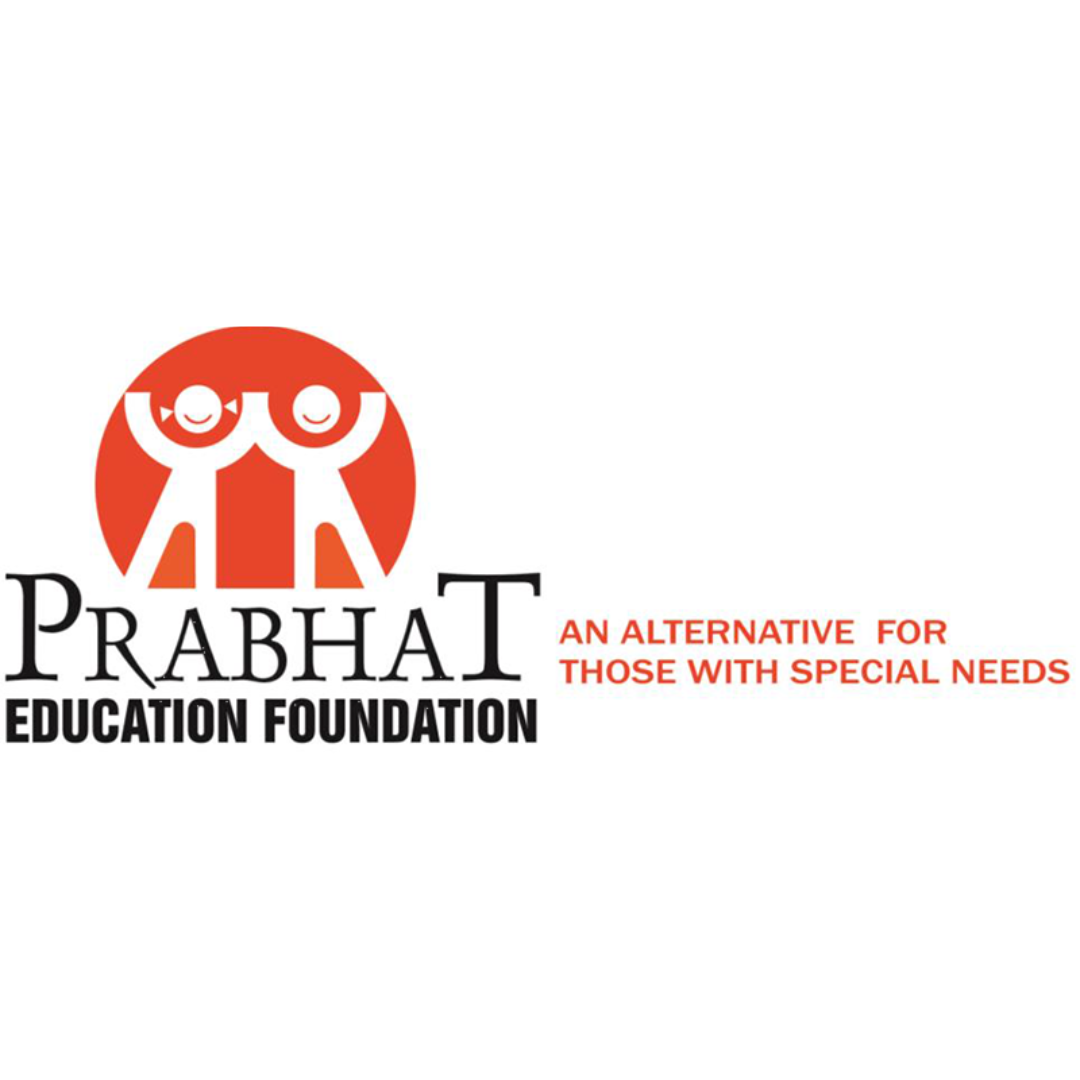Quis autem velum iure reprehe nderit. Lorem ipsum dolor sit nulla or narjusto laoreet onse ctetur adipisci.

Prabhat Education Foundation
About Prabhat
The support that Wipro Foundation has extended to Prabhat in the last year has been very crucial in streamlining the school program for children with disabilities. The structure that the Wipro Foundation team has helped Prabhat formalize for this process, taking into consideration all the limitations, and the expertise offered has been incredible and noteworthy.
In one year, Prabhat has been able to get 62 children enlisted specifically for the Wipro engagement. Out of these 42 children are being prepared at Prabhat’s community centers and the rest 20 are at the government schools, namely Kankaria Shala no. 8. Prabhat has been successful in partnering with this school and operationalizing and running their resource room. Out of the 15 anganwadis Prabhat is running a physiotherapy space at one of them. The organization has also been able to get 10 admissions done there.
The Prabhat Education Foundation reflects a journey that began in 2003 through the identification and nurturing of children with learning difficulties struggling in mainstream schools. In time, the widespread reality of physically and mentally challenged children in and around Ahmedabad became apparent, and Prabhat moved into serving children with disabilities, as well as their families that have to customarily deal with stigma, ignorance, and denial.
Realizing the need for education and learning for this group and particularly for children, Prabhat conceptualized an institutional facility to provide systematic learning and rehabilitation services that could be accessible to those challenged by poverty and mobility. Prabhat’s hallmark lies in working with and through local communities. What started as a modest beginning, with one child in 2007, now reaches over 3000 persons with disabilities and their families, neighbors, and broader communities in Ahmedabad. This is achieved through three main programs: Prabhat centers; Community-based rehabilitation (CBR); Advocacy through networking.
Vision: To create an inclusive society within which persons with special needs have full opportunities.
Mission: To serve children and adults with special needs helping them to achieve their full potential.
Strategy: To organically develop initiatives (based on the needs of the primary and secondary stakeholders and the capacity of the organization) amidst children with special needs.
Prabhat’s core work areas are in eastern Ahmedabad, in the Danilimda, Vatva, and Lambha wards. These geographical locations mostly have populations that are faced with economic challenges and deprivations. They frequently turn to migration to make ends meet.
Project outline
Prabhat aspires to:
- Build and strengthen a core education team within the organization to work in a long-term and sustained manner toward inclusive education for Children with Disabilities (CwD) and to work with identified communities and schools to improve communities’ commitment to education as well as the quality of education in schools.
- Build capacities at schools to make them adept in handling children with disabilities.
- Enable smooth and efficient transition of a child from the Anganwadi to a mainstream school.
- Normalize and ease the admission process of children with disabilities with a focus on government schools.
- Implement the Right to Education (RTE), Act, 2009, in a smooth manner.
- Create awareness for the cause of disability.
Prabhat learned much in the last year, 2022-23. Some of the learnings include:
- There is a lack of knowledge on the basics of the RTE; there is little preparedness on the part of educational institutions, both private and government. They deter to give admissions to those with special needs.
- Regular capacity-building sessions are essential to build up a strong team. with current and adept information on inclusive education.
- There is an apparent and severe dearth of capacities among schools to work with children with disabilities, this is irrespective of the level of school, or whether the schools and anganwadis are private or state-run.
- Workers and teachers at government educational establishments, both schools and anganwadis, remain open to building their understanding of disability but are burdened with other tasks.
- The managing bodies of schools are also willing to open doors for improvements but due to a lack of knowledge and understanding, they most often dismiss the idea.
Several challenges were encountered in the last year. It was difficult to get government establishments, both schools and anganwadis, to agree to admit children with disabilities. As a result, even parents tend to give up after some time.
The above educational establishments were reluctant to extend their repertoire of facilities for the beneficiary group. Inefficient utilization of resources among the majority of the establishments was also noted. At the same time, it was recognized that government workers are overworked with tasks and activities other than their primary work. For example, teachers are preoccupied with implementing various government schemes. They are regularly engaged in election duty. Teachers are not motivated because their emoluments are very low. There are no capacity-building opportunities in low and medium schools, especially government schools.
From the side of the community, one finds that migration plays spoilsport. Many of the parents refuse to admit their children knowing that they will have to migrate. Where children have special needs, parents tend to live in denial. This is particularly true in the case of children who do not have visible difficulties.

